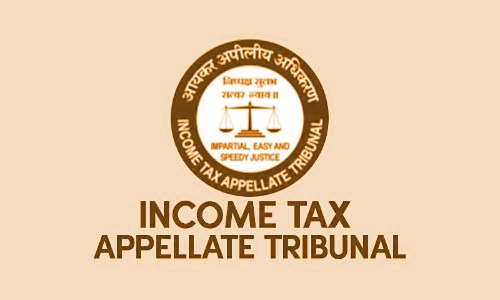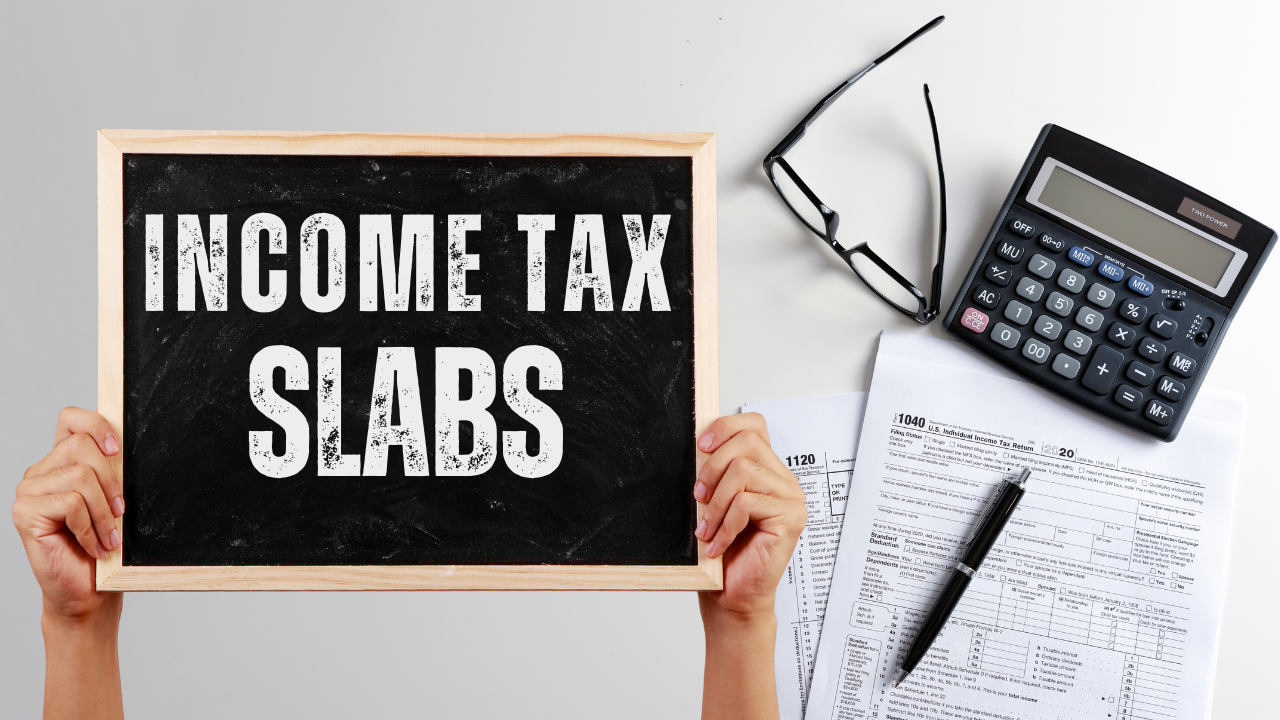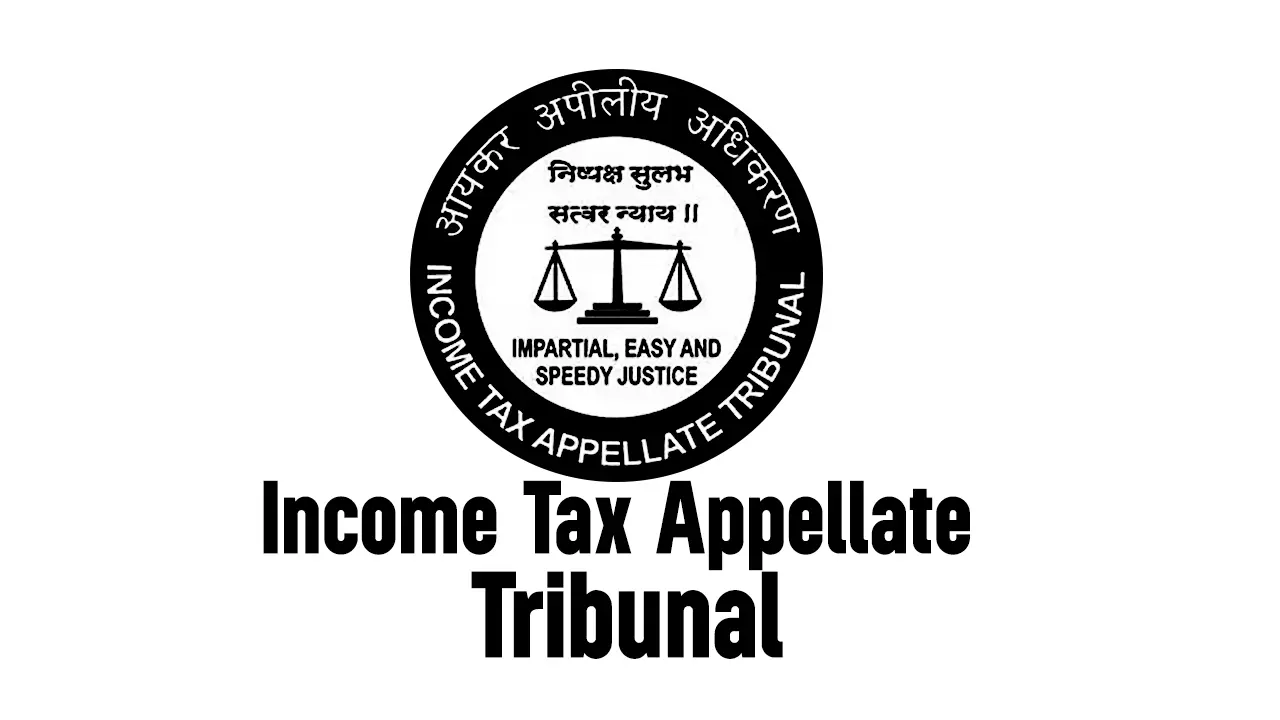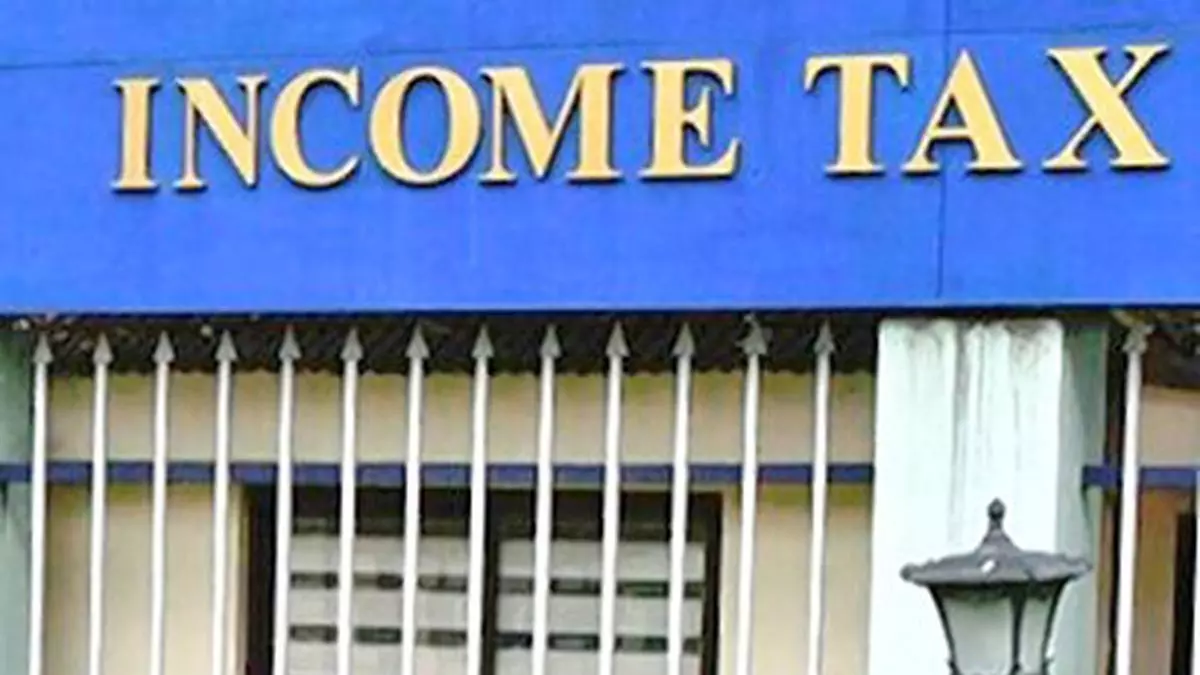Analysis of Income Computation and Disclosure Standards
Income Computation and Disclosure Standards are applicable to certain Income heads only.These rules and standards govern ‘Profits and gains from business or profession’ and ‘Income from Other Source’. These standards are mandatorily to be followed by the assesses , who follow mercantile accounting system.This article will focus on these standards and rules and will explain the framework laid out by the same.
Stay updated! Join our Email Newsletter for exclusive Articles, updates, and announcements.
Join our Email Newsletter
Features of Income Computation and Disclosure Standards
– Provide clarity in presentation of financial statements.
– Accounting assumptions while adhering to such standards are as follows
1. Going Concern
2. Consistency
3. Accrual
– Selection and change in accounting policies while adhering to such computation and disclosure standards ,should be effected as below
2. Marked to market loss or expected loss to be recognized as per prescribed standards .
3. Change to accounting policies only as per necessity.
4. Any accounting policies or change therein to be disclosed.
5. Wrong or inappropriate recording cant be rectified.
6. Non following of accounting assumptions need to be disclosed.
– These standards are applicable for normal computation and not for MAT (Minimum Alternate Tax) computation.
Income Computation and Disclosure Standards (ICDS)
1) ICDS with respect to Valuation Of Inventories
– This standard suggest measurement of inventories at cost or net realizable value (NRV) , whichever is lower.
– Here NRV = Estimated selling price – estimated costs of of completion – estimated cost for making the sale.
– Costs of inventories to be assigned by using FIFO (First In First Out) or weighted average method.If not feasible , then retail method is to be applied where items with similar margins are marked at similar level.
– Disclosure should be with respect to
a. Cost formulae used
b. Carrying amount of stock
c. Classification of inventory
– Cost of inventories shall include following
1. Purchase cost including taxes and duties , freight inwards (net of trade discounts , rebates etc)
2. Service costs including labour costs and other supervisory personnel services and related overheads.
3. Cost of conversion including costs directly related to production and relevant fixed as well as variable
overheads.
– The costs which are not to be included in costs
1. Abnormal losses in material, labour or costs
2. Post production storage costs
3. Administrative and selling overheads
2) ICDS with respect to Construction contract
– Contract Revenue shall include initial agreed revenue, retention and contract work variations and incentive payments etc , which are capable of being measured reliably .
– Contract costs includible will be as follows
1. Directly related to contracts
2. Attributable to contract
3. Specifically related to the customer
4. Apportioned borrowing costs
– Contract revenue and costs to be recognized as per Percentage of Completion Method.
– Where this method cant be measured during early contract phase , then revenue recognition can be done only for the costs incurred.
– Disclosure should be for cost incurred, profits recognized , advances received , retentions and method used to calculate stage of completion.
3) ICDS with respect to Revenue Recognition
Here disclosure is governed as follows
– With respect to sale of goods , revenue not recognized due to uncertainty of collection
– Service revenue recognized as revenue
– For service transactions in process, revenue recognized , advances received and retentions.
4) ICDS with respect to tangible fixed assets
– Cost component with respect to fixed assets are as follows
a. Purchase price including import duties and taxes (net of trade discounts and rebates)
b. Exchange fluctuations and price adjustments
c. Administrative and general overheads to be excluded
d. Start up and commissioning expenses to be capitalized
e. Internal profits to be eliminated in case of self constructed assets
f. In case of non monetary consideration , fair value of asset exchanged or shares or securities shall be the cost
g. Expenditure incurred for addition or extension to be capitalized
h. Where lump sum consideration is received , then consideration shall be apportioned on fair basis.
– Disclosure under this standard are as follows
a. Assets categorization
b. Depreciation rate and depreciation allowed
c. Actual costs or written down value
d. Addition or deletion with CENVAT adjustments , exchange rate fluctuations , subsidy or grant
5) ICDS with respect to Effects of changes in rates of foreign exchange
– This standard deals with Three scenarios which are
a. Treatment of transaction in foreign exchange
Initial recognition shall be at the rate on date of transaction.Monetary transactions to be converted applying closing rate.Non Monetary items to be converted by applying rate as on date of transaction.
b. Translation of financial statements of foreign operations
In case of integral foreign operations , same as above.
In case of Non integral operations , assets or liabilities to be translated at closing rate.Income and expenses to be translated at rates of date of transaction.
c. Treatment of forward exchange contracts
Premium or discount at inception to be amortised over life of contract.Premium or discount for trading or speculation purposes to be recognized at the time of settlement.
6) ICDS with respect to Government Grants
– Disclosure to be as follows
a. Nature and extent of grant received in case of
1. Deduction for asset cost or,
2. Received as income
b. Nature and extent which are not recognized during previous years and resons.
7) ICDS with respect to Securities
– Recognition and measurement at inception as follows
a. At actual cost including purchase price , brokerage and fees etc.
b. Fair value of securities or assets exchanged
c. Pre acquisition interest is to be excluded from the actual cost
– Subsequent measurement for Stock in trade to be recognized at lower of actual cost or NRV
8) ICDS with respect to borrowing costs
– Borrowing costs directly related to acquisition or construction or production to be capitalized
– Amount of borrowing costs to be capitalized to be calculated as follows
Borrowing costs incurred are to be multiplied by average of the opening and closing balance of relevant assets.This is to be divided by average of total assets on opening and closing balancesheet.
9) ICDS with respect to Provisions , contingent assets and contingent liabilities
– Recognition criteria
a. Provision to be recognized only when
i. person has present obligation due to past event
ii. reasonable certainty of happening or occurring the event
b.Provision to be recognized as per best estimate
contingent liability or contingent assets not to be recognized .
– Disclosure should be with respect to
a. Brief description of nature of obligation
b. Carrying amount with additional provision made or used during the year.
c. Any expected reimbursement
d. Asset or income reversed during the year.
CONCLUSION
The ICDS are applicable for income computation and hence auditors have to be aware to check for the same. Auditors have to be sure to incorporate the ICDS in income calculation which is mandatory.
 Related Tags ICDS, Income Tax, Incometax, Indirect Taxes, Tax
Related Tags ICDS, Income Tax, Incometax, Indirect Taxes, Tax
Stay updated! Join our Email Newsletter for exclusive Articles, updates, and announcements.
Join our Email Newsletter








